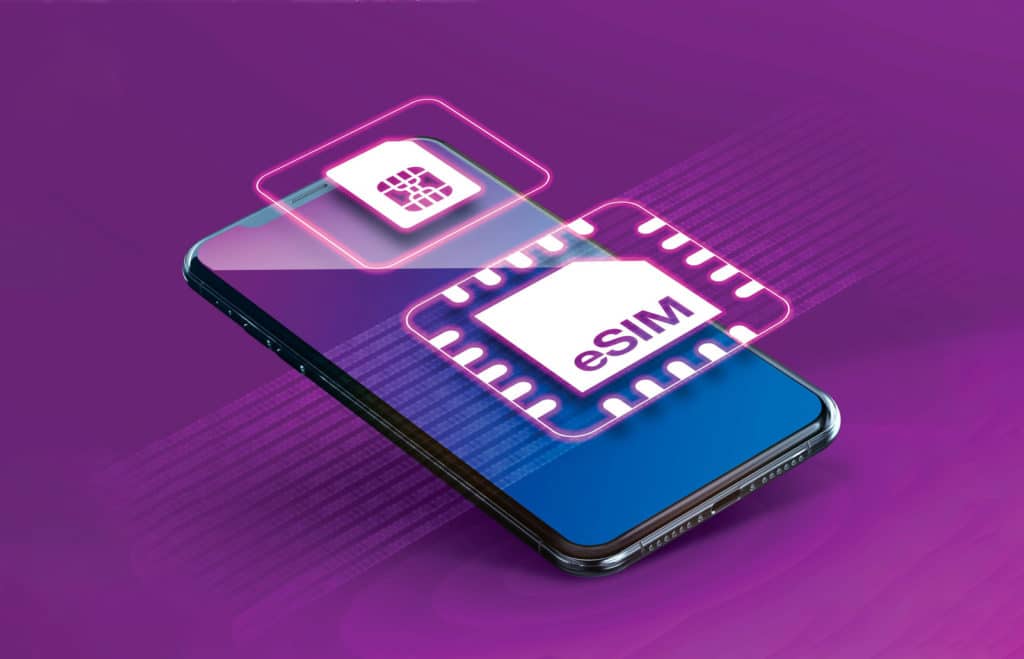1.7K
The eSIM is an alternative to the conventional SIM card. What the difference between the SIM cards is and where you can use the function, we reveal to you in this practical tip.
What the eSIM is and means
In contrast to a normal SIM card, an eSIM is permanently installed in a device. It cannot therefore be exchanged. The “e” in eSIM comes from the English word “embedded”.
- An eSIM uses the same specifications as normal SIM cards. Therefore, they are compatible with each other and it makes no difference in use which SIM type you use.
- The decisive advantage of an eSIM, however, is that the SIM chip can be rewritten by your provider. So if you have a new contract, you no longer need to wait for your new SIM card.
- The eSIM also makes sense for smartphone manufacturers. Since the eSIM is permanently installed in the device, there is no longer any need to install error-prone card mechanisms.
- Most current devices are eSIM-enabled. These include all current iPhones from the XS onwards and Samsung’s flagship series from the Samsung Galaxy S20 onwards. Google also offers the eSIM function on devices from the Google Pixel 3 onwards.
- Furthermore, more and more smartwatches are compatible with the eSIM. For Apple, these are all models from the Apple Watch Series 3 onwards, and for Samsung, the models from the Samsung Galaxy Watch onwards. But Oppo, Xiaomi and Huawei also support the eSIM function on some smartwatches.
- You can get an eSIM from all three major contract providers called Telekom, O2 and Vodafone. But smaller providers like Congstar, 1&1 and Drillisch also offer the eSIM.
- In order to use the eSIM, you need to sign a contract with most providers. After signing up, you will receive a conventional SIM card that you can convert into an eSIM afterwards. One exception is Telekom, where you can also get an eSIM for prepaid cards.

